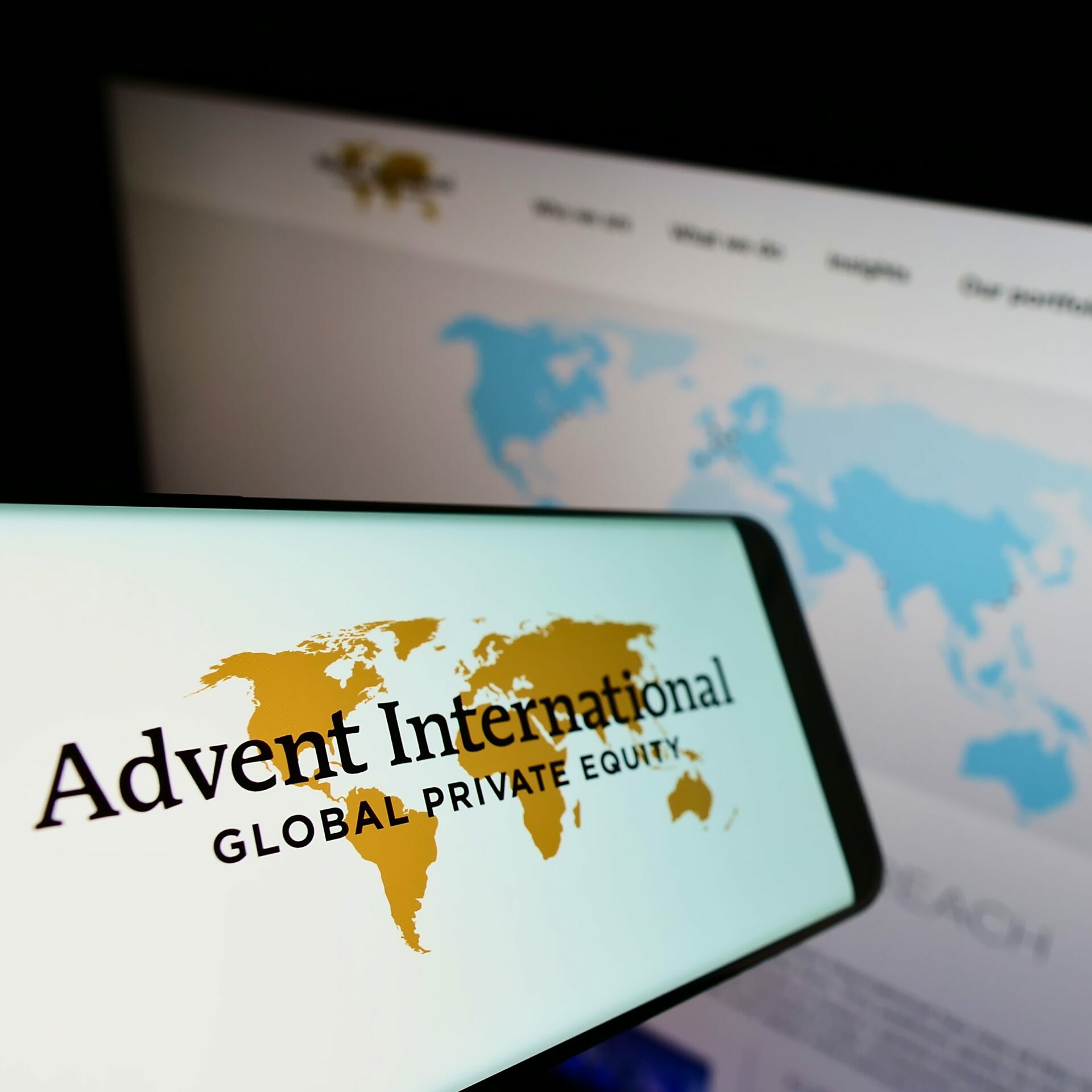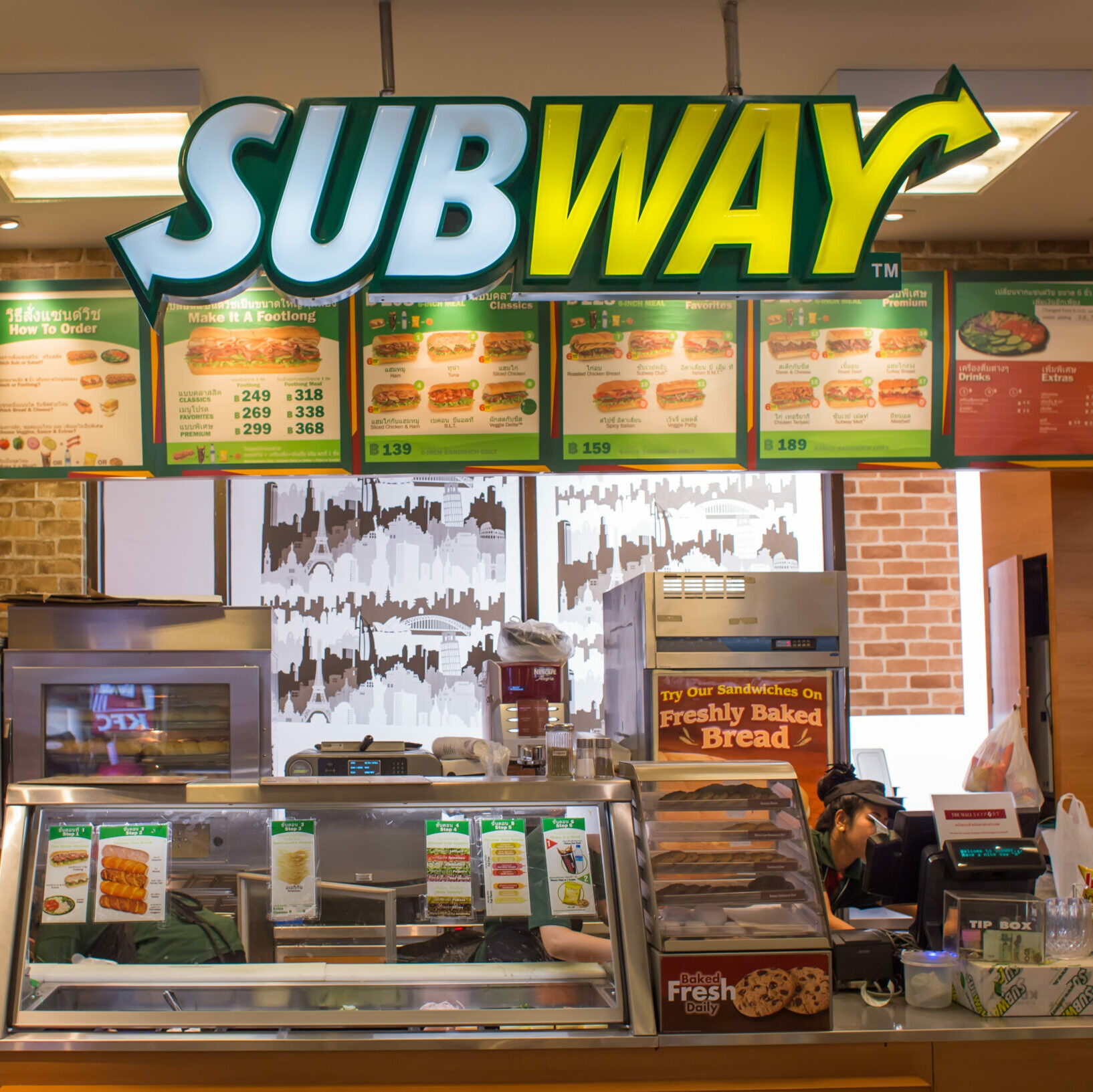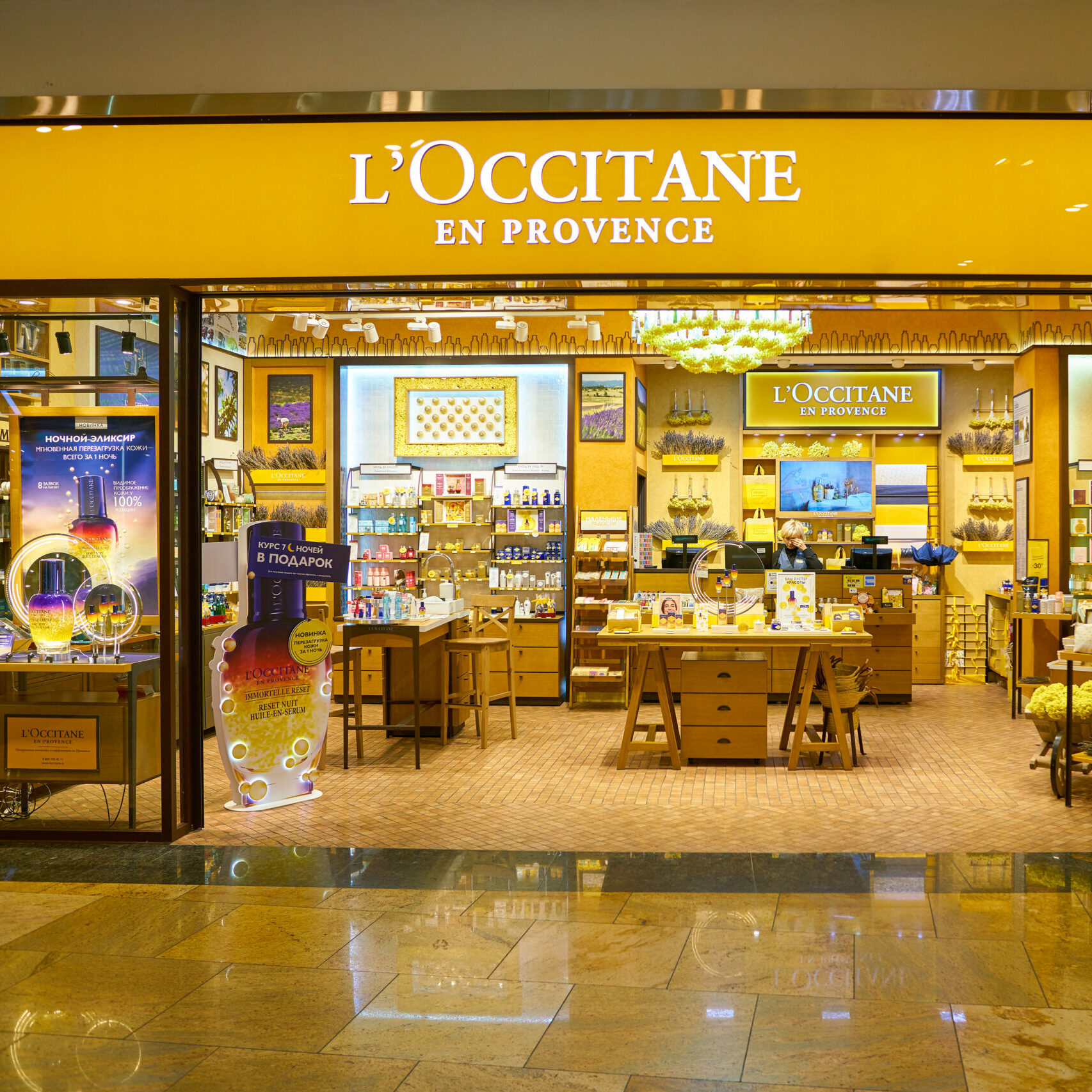Q&A with Nash Waterman, head of private equity secondaries, Morgan Stanley Investment Management, and Petra Bukovec, partner, Pantheon’s Global Secondaries Team…
Nash Waterman, head of private equity secondaries, Morgan Stanley Investment Management – Morgan Stanley’s secondary team focuses only on single asset GP-led transactions and looks for these in developed buyout and growth markets. It has deployed more than USD 4.8 billion to over 220 secondary transactions, including having committed over USD 2.7 billion to 46 GP-led transactions, as of the end of last year. Nash has 18 years’ industry experience and here he explains why the GP-led market will continue to grow in 2022.
Do you think 2022 will be remembered as another year of growth in the GP-led secondaries market?
Despite the volatility, it has not put a hiccup in the growth. GP-led has been a trend that accelerates with every economic shock. Every time we’ve had a big shock, this market has to grow and the volatility will continue to make the deals climb up the quality spectrum and cause the lower quality deals to fall away more easily.
I think the biggest opportunity in 2022 is buy-and-build. GPs can actually buy through the volatility: if businesses are suffering this year, a well-positioned buy and build [GP strategy] can actually help businesses that otherwise would go bankrupt by folding them into their [strategy]. We’ve seen this trend continue to increase and then to accelerate during periods of volatility, especially in the lower middle market.
Around a third of existing LPs typically roll into a continuation fund. If the quality of GP-led assets continues to increase, as you say, do you see a higher proportion of LPs deciding to roll and what challenges does this present?
I think [they will] and I see that as a very positive thing because there is a definitive capital shortage for these deals. I’d be shocked if it got beyond 40-45% [of LPs staying in the investment] because particularly for high quality deals they also tend to have high valuation marks so there’s always the attraction just to take the chips off the table and that won’t go away.
In terms of the capital constraint, do you see more market entrants arriving to invest in some of these continuations?
There are a number of players looking to fill that gap but structurally it has been moving slowly. We have a team that is built purely to do single assets – we came to that decision about seven years ago – and that’s allowed us to extend into the market more quickly. The challenge for other groups is fitting this into their existing programs, because single asset GP-led deals are not a natural association with buying LP interests. I think there will need to be fragmentation in the market, as there has been with venture and infrastructure secondaries, and you will see investors demand to have either LP interests or GP-led, or even just single asset GP-led deals, instead of everything mixed-up in one secondary fund. [But] it’s going to take a long time for that to happen.
Given that you are focused on single-asset continuations only, how to you balance concentration limits on assets of scale?
Our target is to get 25 positions of meaningful value in our portfolio. That means positions of 4% to 6%. To me that’s properly diversified, while leaving a big upside and you actually control the risks. We are also driven by a bottoms-up philosophy: we’re looking for lower middle market businesses with essential products and services to stable markets. It makes us light on technology, lighter on financials, heavier on consumer business services. And we also will only invest in places where we can cheaply hedge out currencies.
Petra Bukovec, partner, Pantheon’s Global Secondaries Team – Pantheon is well-known in the GP-led secondary market and has deployed a total of USD 3.6bn to 37 GP-led transactions since 2010. In October, it achieved final close on one of a growing wave of specific GP-led fund platforms, Pantheon Secondary Opportunities Fund.
With 11 commitments already announced through the platform, Pantheon is also growing the secondaries team quickly and last year brought in five new hires. This March, Amyn Hassanally was named as Pantheon’s new global head of private equity secondaries after almost 17 years at Coller Capital and will join the firm during the second half of 2022. Petra has spent more than 15 years at private equity firm Pantheon Ventures and has been a member of the secondary team for most of that time.
What impact will current macro volatility have on GP-led transactions?
On the GP-led side, where you have more concentrated exposure to an underlying asset or assets, the impact on valuations will depend on the specific exposure and it may not be as significant as it could be in the broader market. At the same time, deal flow for high-quality, resilient assets, managed by high quality GPs – the star assets – will continue. There is, however, likely to be more impact on transactions where assets are more exposed or where the quality is not as high.
Will concentration limits restrict the number of large single assets entering the secondary market in 2022?
Secondary capital available for single asset secondary transactions is significantly below the supply of deals in the market, with a limited number of players able to underwrite more than USD 100m in individual transactions. As such, there is a limit on the maximum size of single asset deals – I don’t think there is currently capacity to underwrite USD 5bn or USD 10bn value deals. This will obviously change over the coming years as the market matures and further capital is raised.
Do you see an opportunity for new secondary funds and buyside investors, for example as part of a syndicate on larger deals?
The market for GP-led deals is still quite immature: there are estimates that around half of the top-quality GPs have tapped into the secondary market, so I think there’s a lot of growth to come.
In order to see continuous growth in the GP-led market, and especially in order to increase the number of large cap deals, capital available will need to increase. This capital will, to a certain extent, come from new secondary funds raised and new players entering the market, but also from primary-type capital participating as syndicate players alongside lead investors. It will be interesting to see how the syndicate market develops – how does that compare to the co-investment market and how do the economics for the GP led deals develop over time as the market matures and grows?
Pantheon seeks to play a lead or co-lead role in GP led deals and we have done so on about three-quarters of the GP-led deals we’ve completed. This allows us to set the pricing, structure the transactions, as well as ensure our allocation is protected. We tend to focus more on mid-market deals, where capacity is constrained, where often there is limited or no capital available and required to be underwritten by syndicate investors, so this is not as much of a factor as it is on the larger end.
Do you see GPs bringing other structures to the secondary market this year, aside from continuation vehicles?
Continuation vehicles can come in many forms and can hold single asset secondaries, portfolios of assets, as well as strip sales or preferred equity type structures. I do believe that we will continue to see growth in all of these types of these deals.
The majority of GP led transactions we have completed are either single asset secondary transactions, portfolio deals or full fund restructurings. We have considered and invested in strip sales, but in such deals the alignment often isn’t as strong, which makes them more difficult. Preferred equity deals on the other hand have a different risk/return profile, which often doesn’t meet the threshold return of our private equity secondary fund.
In summary, what we are looking for is investing in top quality assets, managed by high quality GPs, with whom we have a good alignment – and if the deals have such features, the structure around them isn’t as important.
Are you seeing more GPs investing more of their own money into continuations and how important is this to the buyside?
Alignment is a topic that we pay very strong attention to and that is very important. In terms of how we view these transactions, the GP is a partner – we recognise that they know the asset better than we ever will, so them reinvesting alongside us is extremely important. As such, if the GP is not investing a meaningful amount of their own money in a deal, we will step aside and not pursue the transaction.
Read the rest of the Private Equity Wire Insight Report: Holding On: How volatility will drive GP-led secondaries in 2022






